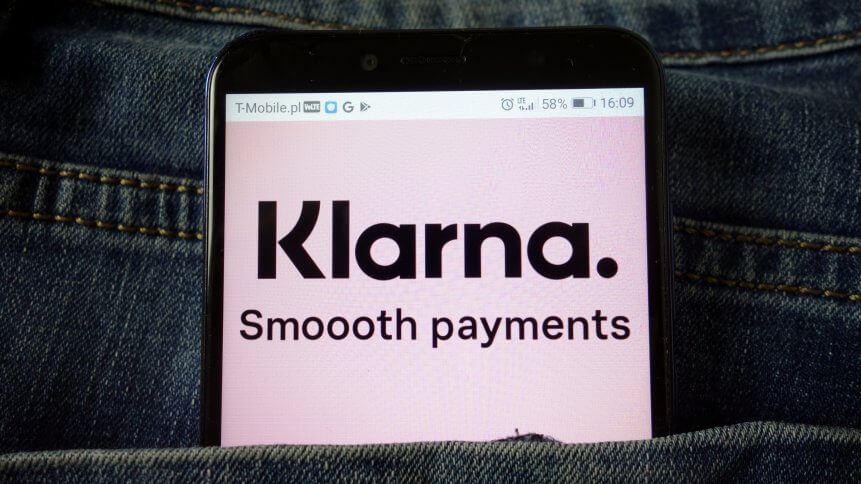Klarna checks pulse with smartphones to fight bots

Swedish payment tech startup Klarna is most comfortable when it’s innovating and doing things differently to its financial sector competitors. That approach seems to have worked for it so far.
Now, the firm is taking a novel approach to fighting auto-purchasing bots, using smartphone-based pulse oximetry, or ‘pulse BPM technology’ to ensure those entering its new competition are indeed human, and not automated entrants trying to game the system.
Teaming up with streetwear blog and sneaker expert Highsnobiety, the Scandinavian fintech has launched the ‘Heartbeats 4 sneakers’ raffle, which will see some of the most in-demand sneaker styles from the last decade – including Adidas Originals Yeezy Boost 750 OG and Virgil Abloh x Nike Air Jordan 1 Chicago – auctioned off to “die-hard sneakerheads”.
The extra verification measure is an attempt to oust the bots that Highsnobiety estimates account for nearly 100% of traffic on popular releases.
Once on the raffle website, to enter, users must place their finger on their computer or phone’s camera lens. When in place, light shines through the user’s finger and hits the lens; when blood pumps through the body, the amount of light hitting the lens will change with each beat, indicating a pulse.
Does your❤️ beat for👟? Join our party to celebrate the launch of our Smoooth Raffle for the most coveted kicks of all time. We've got World class DJs plus a packed schedule of sneaker focused videos. Join us online tonight 6pm BST at https://t.co/sHS5jfVTB4 #heartbeats4sneakers pic.twitter.com/VvypF7rVoC
— Klarna (@Klarna) July 2, 2020
These variations are captured through the camera feed – cancelling out bots is done by checking for larger variations in the data to determine whether it’s a real heartbeat the pulse is measuring.
In medical settings with specialized pulse oximetry devices, but also in use in certain smartwatches, this method is used to approximate an individual’s oxygen saturation to measure how well oxygen is being circulated around a person’s body.
Pulse oximetry can typically tell health workers how well a person’s cardiovascular system is working after surgery or sedation, to check a person’s ability to handle increased activity, or to see if a ventilator is needed to help breathing.
YOU MIGHT LIKE

Should banks lead the charge for Digital IDs?
However, a basic version of this same technique is now being increasingly used in smartphone apps which claim to be able to measure a user’s pulse via their smartphone camera, or simply by holding their phone’s camera up to their face.
As far back as 2017, a paper was published by the European Society of Cardiology warning consumers about the accuracy of these apps after a study found huge variability between commercially available apps, even those using the same technology.
“Heart rate apps come installed on many smartphones and once people see them it is human nature to use them and compare their results with others,” said one of the authors, Dr. Christophe Wyss, a cardiologist at Heart Clinic Zurich, Switzerland. “The problem is that there is no law requiring validation of these apps and, therefore, no way for consumers to know if the results are accurate.”
While the technology might not be fit for an accurate measure of heartbeat, as a simple and quick digital verification measure – a welcome alternative to selecting all the traffic lights, crosswalks, and storefronts in an image grid – it could prove effective and (fairly) hard for basic bots to cheat.









